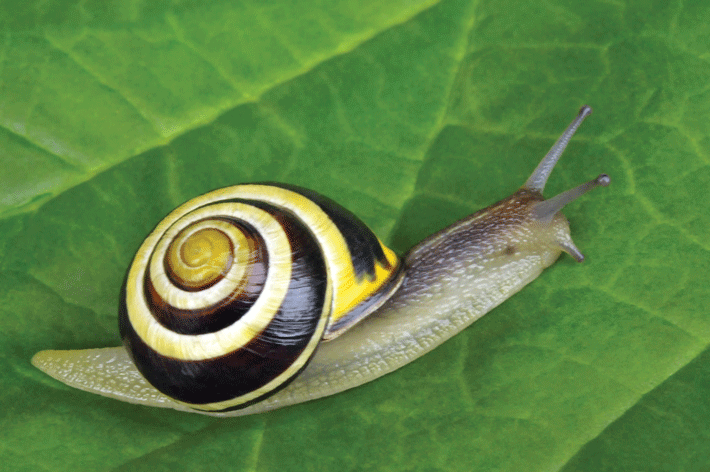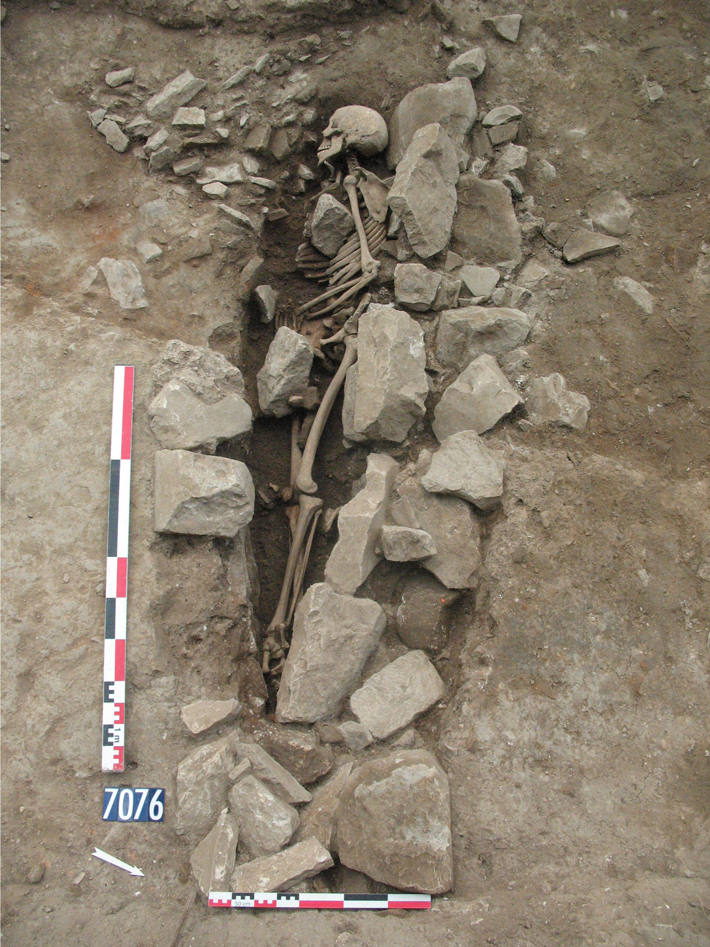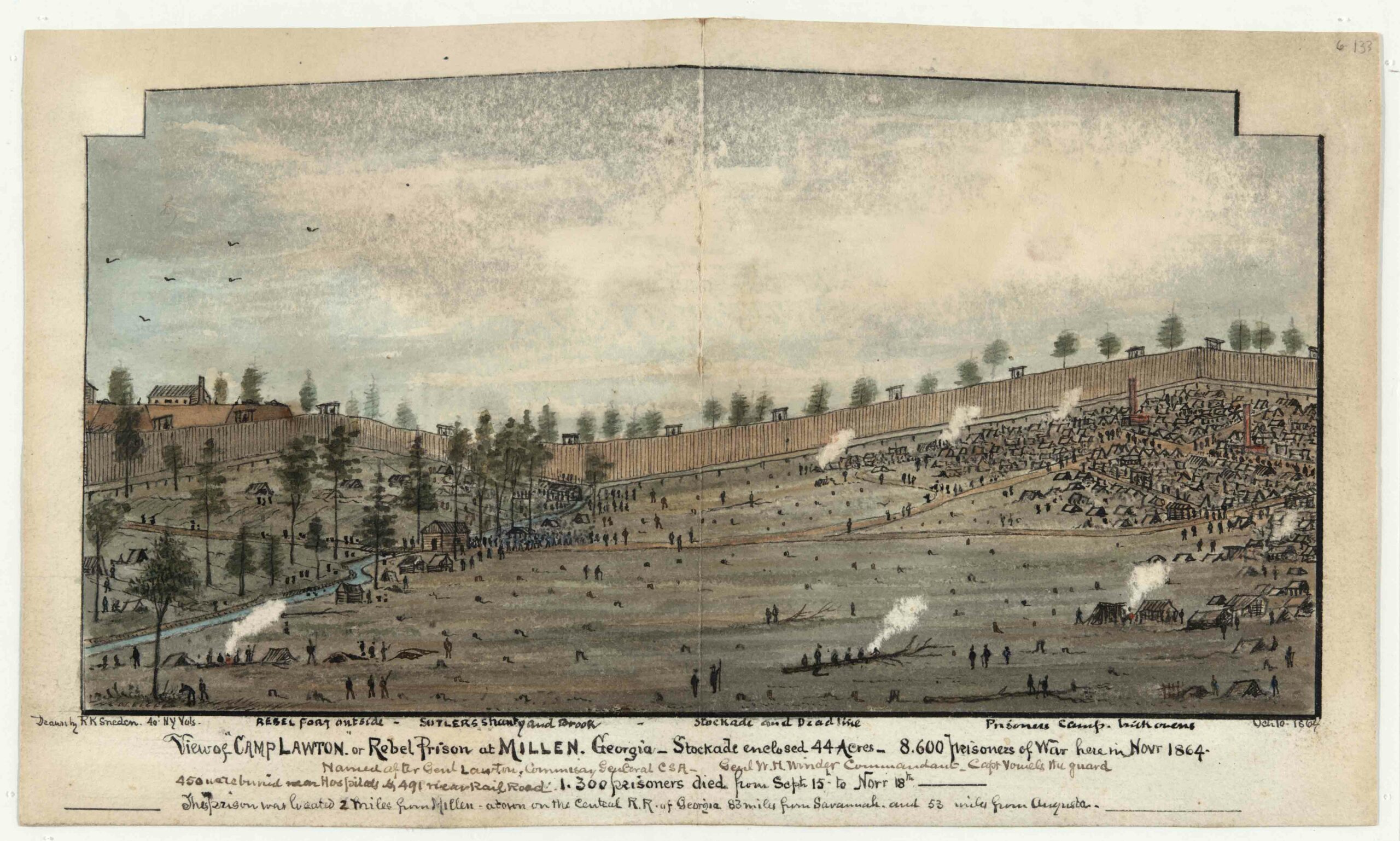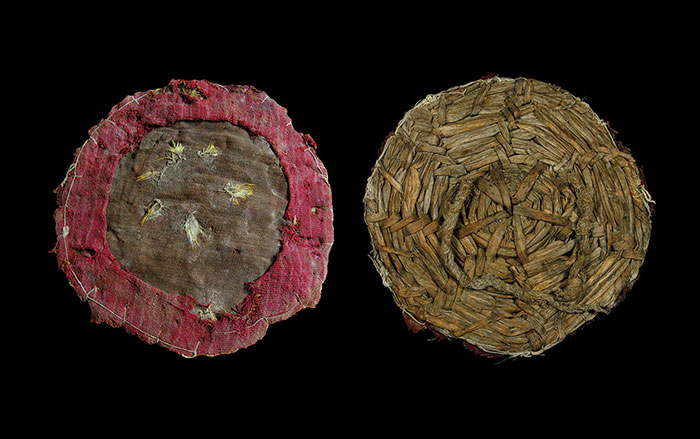
Snails aren’t known for their ability to get around. But then there’s the strange case of Ireland’s grove snails, Cepaea nemoralis, a common European land species. Geneticists from the University of Nottingham looked closely at the lineages of this species and found that the Irish variety is most closely related to the lineage found in the Pyrenees, along the French-Spanish border—and nowhere else. There are a number of other species, including the strawberry tree and the Kerry slug, with similar distribution patterns. The researchers believe that direct movement of Mesolithic people between the two sites is the simplest explanation for the unexpected biogeographic quirk. People are known to have been in Ireland around 8,000 years ago, when the snails first appeared, and grove snails are known to have been on the Mesolithic menu across the Mediterranean. The snails may have been more than hitchhikers—they may have been cargo.









